Occupation Actor Years active 1871–1949 | Name Harry Davenport Role Film actor | |
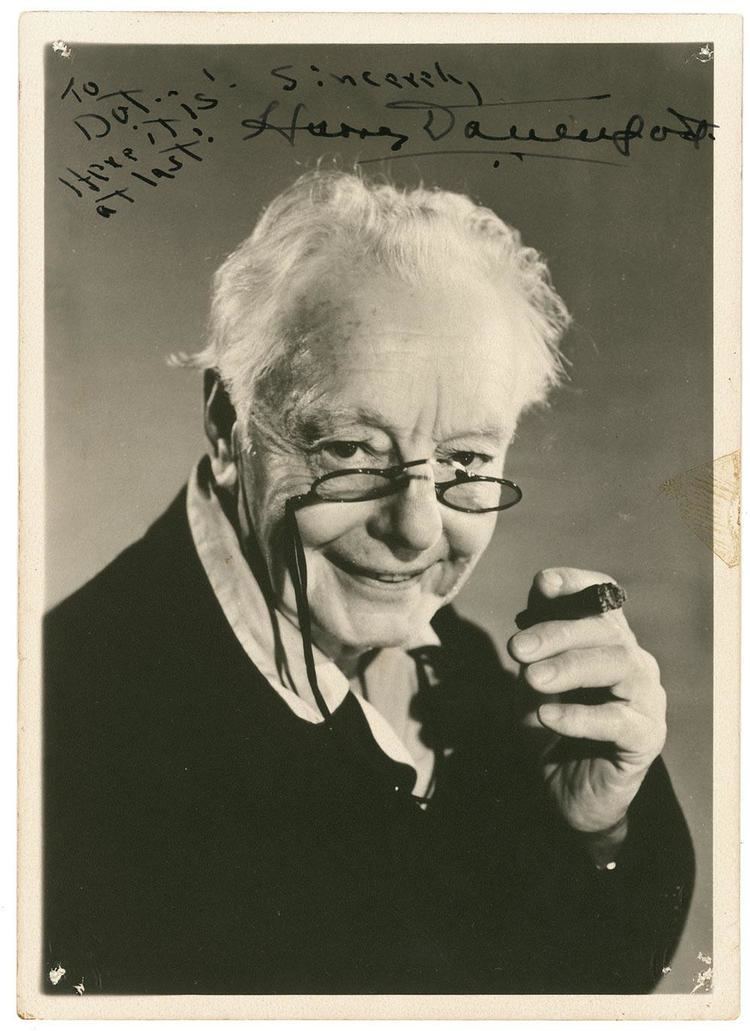 | ||
Full Name Harold George Bryant Davenport Children Dorothy Davenport, Ned Davenport, Kate Davenport, Arthur Rankin, Ann Davenport Parents Edward Loomis Davenport, Fanny Vining Movies Gone with the Wind, Meet Me in St Louis, The Hunchback of Notre, The Bachelor and the B, The Ox‑Bow Incident Similar People | ||
Harold George Bryant Davenport (January 19, 1866 – August 9, 1949) was an American film and stage actor who worked in show business from the age of six until his death. After a long and prolific Broadway career, he came to Hollywood in the 1930s and appeared in films including Gone with the Wind (1939) as Dr. Meade.
Contents
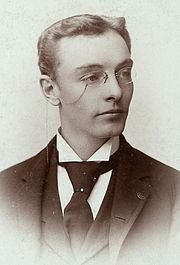
His specialty was playing grandfathers, judges, doctors, and ministers. Bette Davis called Davenport "without a doubt, (...) the greatest character actor of all time."
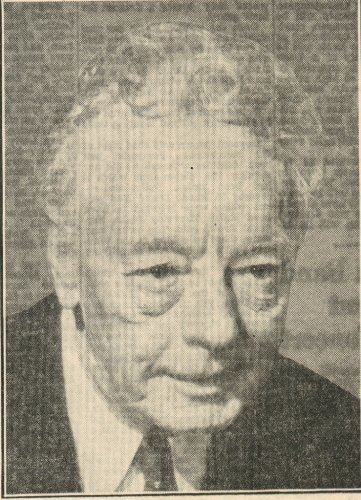
Early life
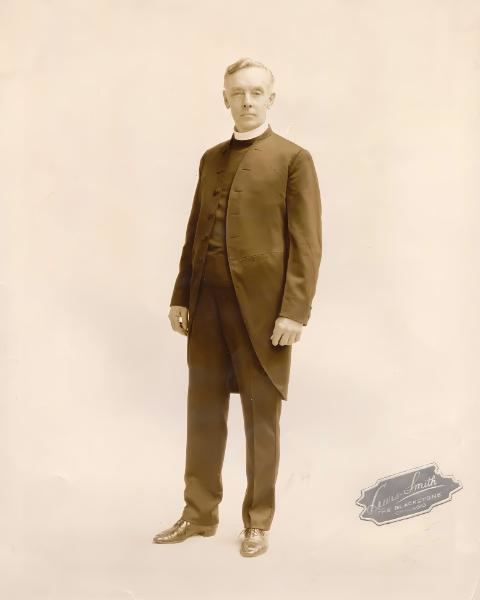
Davenport was born in Canton, Pennsylvania, where his family lived during the holidays. He also grew up in Philadelphia. Harry came from a long line of stage actors; his father was the famed thespian Edward Loomis Davenport and his mother, Fanny Vining Davenport, was an English actress descendant of the renowned 18th century Irish stage actor, Jack Johnson. His sister was actress Fanny Davenport. He made his stage debut at the age of five in the play Damon and Pythias. Davenport made his Broadway debut in 1894 and appeared there in numerous plays.
Film career
Harry Davenport was one of the best-known and busiest "old men" in Hollywood films during the 1930s and 1940s. He started his film career at the age of 48. His film debut came in 1914 with silent film Too Many Husbands, in which he played a man trying to keep his love-struck nephew away from a young woman he had raised as his daughter. Later that same year, he starred in Fogg's Millions co-starring Rose Tapley. The film would go on to become the first in a series of silent comedy shorts. In addition, he also directed eleven silent features during the pre-World War I era, including many of the films in the Mr. and Mrs. Jarr series.
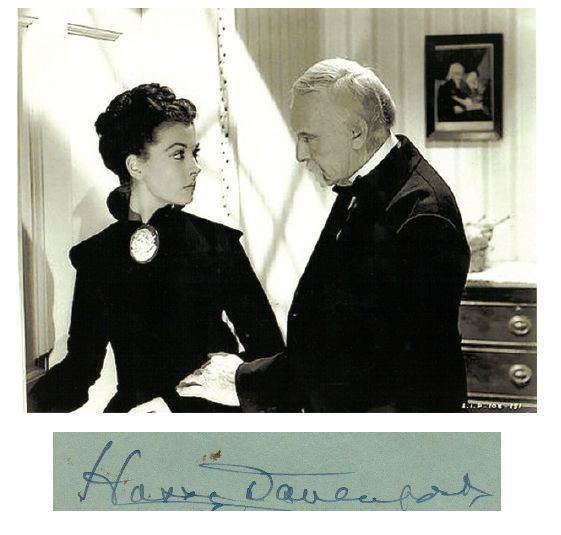
Harry Davenport appeared in three films which subsequently won the Academy Award for "Best Picture": William Dieterles film biography The Life of Emile Zola (1937), Frank Capras You Can't Take it With You (1938) starring Jean Arthur and James Stewart, and as Dr. Meade in Gone with the Wind (1939). Some of his other film roles are a lone resident in a ghost town in The Bride Came C.O.D. (1942), filmed on location in Death Valley, and the aged Louis XI of France in The Hunchback of Notre Dame (1939) with Charles Laughton and Maureen O'Hara. He also had supporting roles in Alfred Hitchcock's thriller Foreign Correspondent (1940), William A. Wellman's western The Ox-Bow Incident (1942) and in Kings Row (1943) with Ronald Reagan. Davenport also played the grandfather of Judy Garland in Vincente Minnelli's classic Meet Me in St. Louis (1944) and the great-uncle of Myrna Loy and Shirley Temple in The Bachelor and the Bobby-Soxer (1947). His last film, Frank Capra's Riding High (1950), was released after his death.
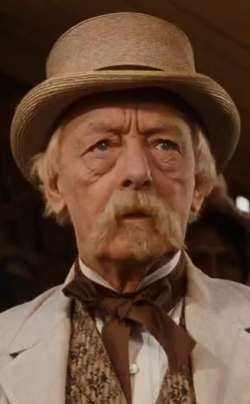
Harry Davenport appeared until his death in over 160 films. Asked why he made so many film at his age, he replied: "I hate to see men of my age sit down as if their lives were ended and accept a dole. An old man must show that he knows his job and is no loafer. If he can do that, they can take their pension money and buy daisies with it."
Actors' Equity Association
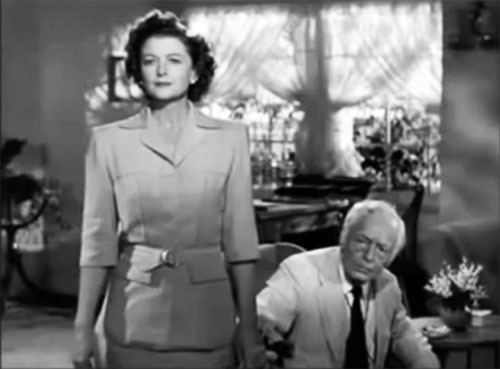
In 1913, he co-founded, along with actor Eddie Foy, the Actors' Equity Association, an American labor union for actors. The original organization, known as the White Rats, was spearheaded by Davenport. After a nine-month stretch, the actors' group united in defiance of the appalling treatment of actors by theater owners such as the Shubert family and David Belasco, among others, by refusing to appear on stage by striking. The actions of the association caused the closure of all the theatres on Broadway, the only exception being theaters owned by George M. Cohan's company.
Personal life
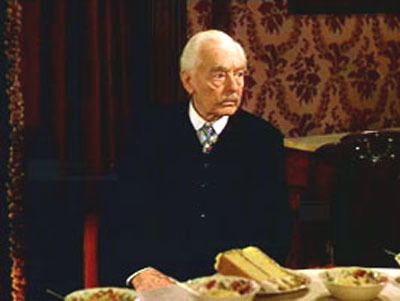
He and his wife Alice wed in 1893. They had one daughter, Dorothy, who also became an actress. After divorcing Alice in 1896, he married actress Phyllis Rankin, that same year. They had three biological children: Ned, Ann, and Kate, who all became actors. Harry also adopted Phyllis's son, Arthur Rankin (actor father of Arthur Rankin, Jr., founder of the Rankin/Bass animation studio). Actress Anne Seymour (born Anne Seymour Eckert) and her brother, radio personality Bill Seymour, were Harry Davenport's great-niece and great-nephew by their mother, May Davenport.
Harry Davenport's August 10, 1949 Canton Sunday Telegram obituary noted that the couple were together until her death, contrary to reports that he divorced her and remarried. Through his marriage to Phyllis, he was the brother-in-law of Lionel Barrymore, who was married at the time to Phyllis' sister Doris. Phyllis's father, McKee Rankin, had been the top actor at the Arch Street Theater, which was run by Lionel's grandmother and Sidney's mother, Louisa Lane Drew. He was the grandfather of producer Dirk Wayne Summers, Arthur Rankin Jr., Wallace Reid Jr. and granddaughter Phyllis Gail Davenport.
Later years/death
After Phyllis's death, Davenport moved to Los Angeles and lived with his now-grown children. He died of a sudden heart attack at age 83, one hour after he inquired his agent Walter Herzbrun about a new film role. In the obituary, a newspaper called him the "white-haired character actor" with "the longest acting career in American history".
